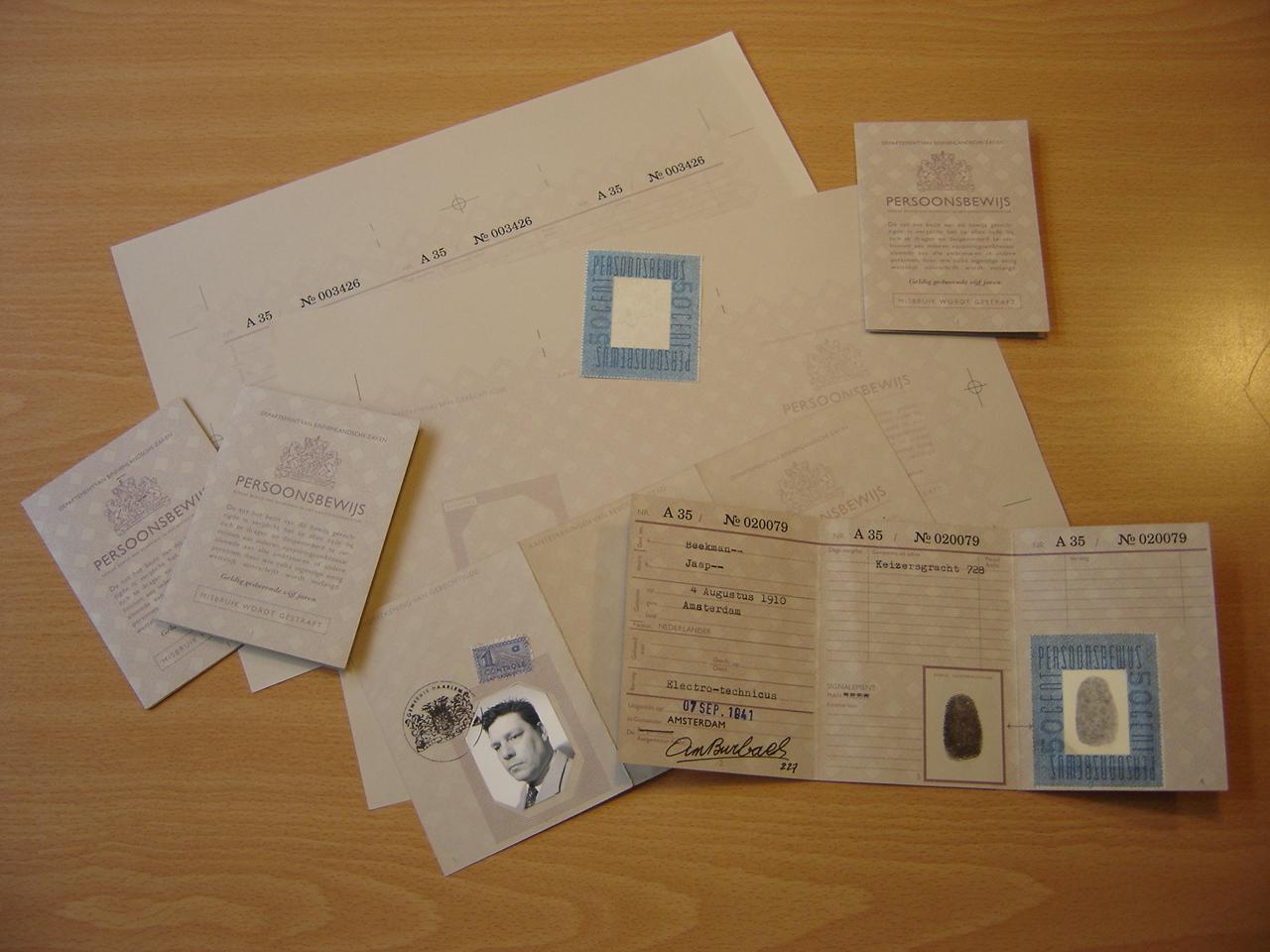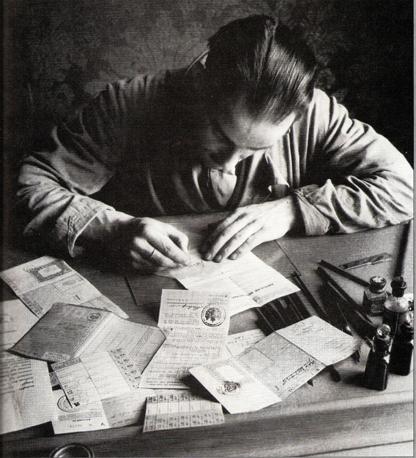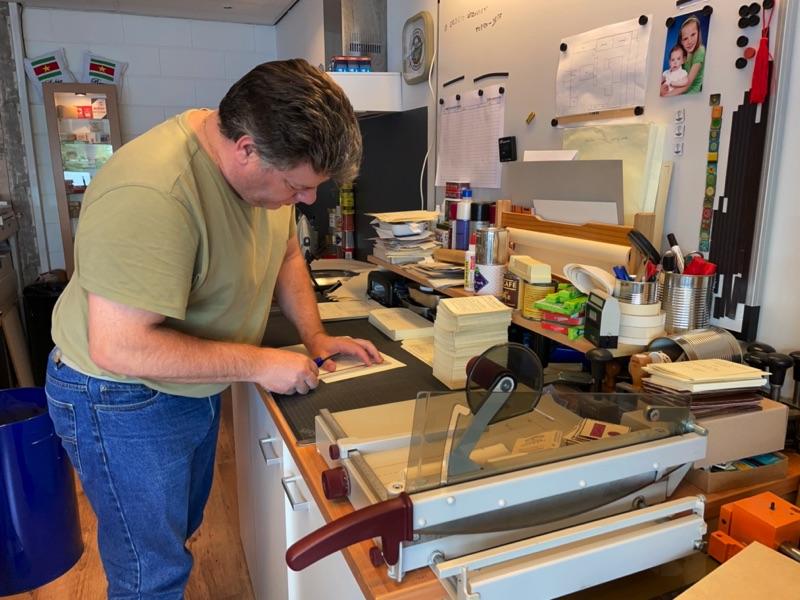
Today I will be working on the Dutch ID card (Persoonsbewijs) again. Making a batch of Amsterdam and Haarlem version and maybe other city versions too. Every town/city had it’s own number. I also need to reproduce the stamps for them.
Will be quite some work to draw the stamps and reproduce all of them. But it’s for the best result. Also need to work on the seal stamp which goes over the back of the Photo. There were 4 versions of it.
So the cards will be available in the shop soon, with variations of cities.
A short story behind the Dutch ID card
Today I will be working on the Dutch ID card (Persoonsbewijs) again. Making a batch of Amsterdam and Haarlem version and maybe other city versions too. Every town/city had it’s own number. I also need to reproduce the stamps for them.
Will be quite some work to draw the stamps and reproduce all of them. But it’s for the best result. Also need to work on the seal stamp which goes over the back of the Photo. There were 4 versions of it.
So the cards will be available in the shop soon, with variations of cities.
A short story behind the Dutch ID card
During the German occupation of the Netherlands every Dutch person with the age of 14 and above had to carry an ID card. This card was developed in order of the occupier. It was a production from the nazi regime in the Netherlands, and much hated by the Dutch. It was not used before the occupation of Holland. In fact it was, on order of the Germans, prepared, along the lines of the German Kennkarte, by a high Dutch civil servant (named Lentz) and issued from april 1941 on. In fact, the Dutch government, just before the occupation, did refuse to prepare such an ID card. So Lentz was first blocked by the former Dutch government and was now happy to finish his work for the Germans. Unfortunately it was a superb technical accomplishment at the time by the firm of Johan Enschedé / Haarlem, and extremely hard to forge – the sealed picture & fingerprint were impossible to remove without damage.
The Germans made good use of this. They ordered that a copy of the fingerprints etc, would be centrally stored in the Hague. If the Germans suspected a shown card to be a fake, thay now could easily check in The Hague to see if it was a forgery (Later in war, for this reason, the allied even tried to bomb this central register at Kleykamp – The Hague).
The copy in the Hague made the card dangerous to Jews and resistance workers that wanted to fake a card. It would no longer be possible to obtain food-ration coupons without it, and people caught without on (e.g. onderduikers – people who were hiding) were subject to immediate arrest. The Jews would get a big black J on their ID card so they could be detected immediately showing their card.

But resistance workers managed to make fake ID cards on large scale. Also real blank cards were robbed from local city halls. These cards were extremely difficult to make and the resistance workers had a lot of trouble making them for their members and other people in hiding like the Jews.
Not Available in the Shop?
Custom Orders
If you want something that is not available in the webshop, or if you have original piece of paperwork that you would like to have reproduced, or you want some paper props made for your next movie production, please get in touch me. Then I can see if I can make it for you.


